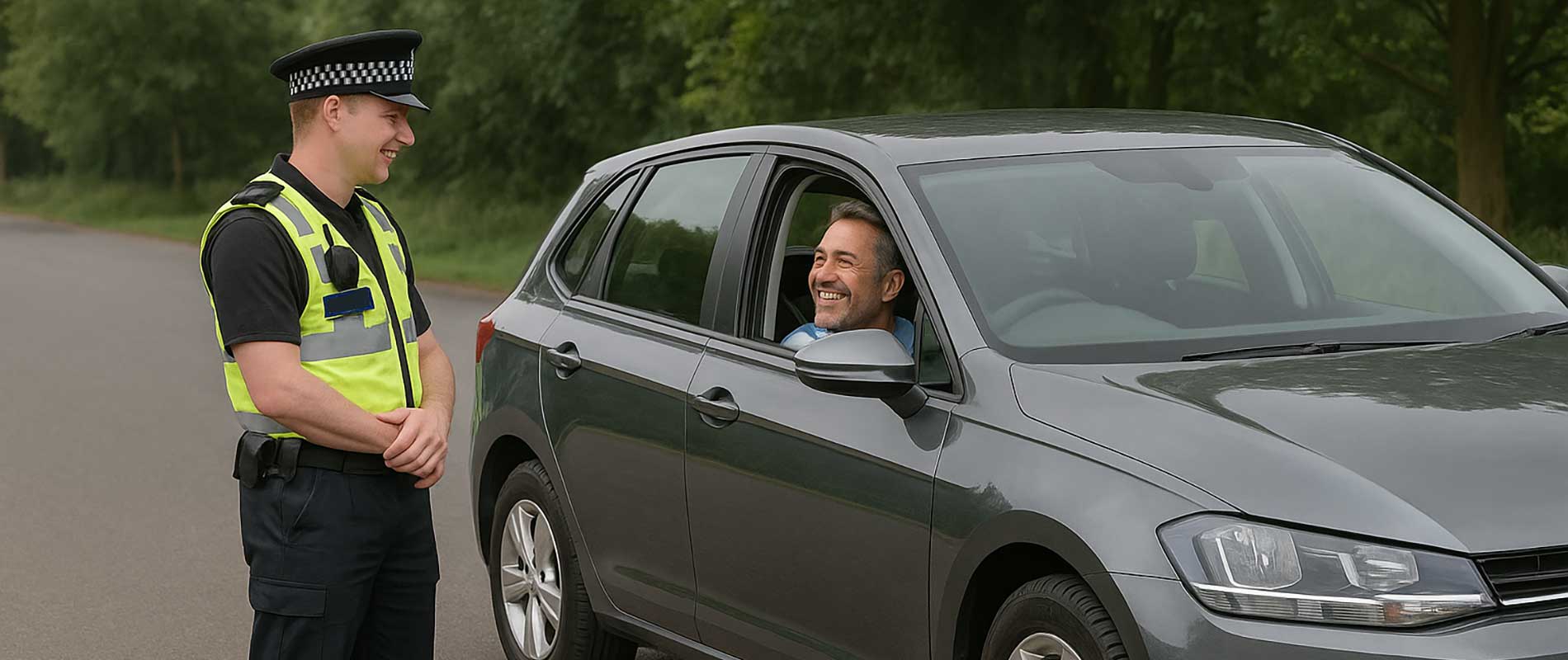If you’ve found yourself on the receiving end of a driving ban, you’re probably already aware that getting car insurance afterward can be more than a little challenging. But here’s the thing: while the road to affordable insurance might feel long, patience really does pay off. It might not be easy at first, but sticking to safe driving habits, giving it time, and understanding how insurers work with drivers who’ve been banned will get you back on track. Let’s dive into why patience is so important and how it can make a real difference when it comes to your insurance premiums.
Insurers Need to See That You’ve Learned from the Past
After a driving ban, insurers look at your history with a different lens. They’re trying to assess how likely you are to make a claim, and unfortunately, a driving ban can make you seem like a higher risk. The good news? They’re also looking for signs that you’ve learned from the experience and are now a safer driver. This is where patience comes in.
In the beginning, insurers are going to see your conviction and ban as a red flag. They’ll likely offer you higher premiums because they don’t yet know if you’ll repeat past behaviour. But over time, as you demonstrate safe driving and no further issues, insurers will begin to view you as a safer bet. It’s not a quick fix, but the more time that passes with a clean record, the more likely your premiums will start to decrease.
Time Erodes the Impact of a Ban
One thing you’ll find about car insurance after a ban is that the impact on your premiums won’t last forever. Sure, you’ll probably pay higher rates in the first few years, but as your conviction and ban age, the effect they have on your premiums will lessen. Insurers recognise that people change, and with time, your past mistakes start to fade into the background; at least in the eyes of insurance companies.
Patience truly is key here. As long as you maintain a clean driving record and show that you're no longer a high-risk driver, insurers will start to reward you with lower rates. This is especially true if you take steps to prove you’re a safer driver; things like completing a driver rehabilitation course or opting for a black box policy (which monitors your driving) can really help speed up this process.
Why Your Rates Go Up After a Ban
If you’re wondering why your premiums go up after a ban, it all boils down to risk. Insurers calculate premiums based on how likely you are to make a claim. A driving ban indicates that you've been caught doing something seriously wrong behind the wheel, and that suggests you're more likely to repeat the behaviour. As a result, insurers raise your premiums to cover that added risk.
It might feel frustrating, but remember, this increase is only temporary. Over time, if you prove you’re a responsible driver, that risk factor starts to decrease, and insurers will adjust your premiums accordingly. It’s all about showing them you’re not the same driver who made a mistake in the past. Patience will pay off as your driving record stays clean.
Steps You Can Take to Lower Your Premiums
While waiting for your premiums to drop is part of the process, there are things you can do to help speed up the process and make the waiting a little less painful. Here are a few practical steps you can take:
- Keep a Clean Driving Record: This is the most important step. Avoid getting any more points or committing any further offences. The longer you go without issues, the sooner your premiums will start to fall.
- Shop Around: Don’t settle for the first quote you get. There are insurers who specialise in high-risk drivers, and comparing quotes will help you find the best deal for your situation.
- Consider a Black Box: Telematics policies are a great option. They monitor your driving, and if you prove you’re a safe driver, your premiums will drop over time. It’s a win-win for both you and the insurer.
- Take a Driver Rehabilitation Course: If your ban was related to drink-driving or dangerous driving, completing a rehabilitation course can show insurers you’re committed to becoming a safer driver. Some insurers even offer discounts for completing these courses.
- Increase Your Excess: If you can afford it, increasing your voluntary excess will lower your premium. Just make sure you're comfortable with the amount you’d need to pay if you ever make a claim.
The Road Ahead: What to Expect After a Ban
While a driving ban can feel like a setback, it doesn’t have to be the end of the road when it comes to affordable car insurance. With time, patience, and a clean driving record, your premiums will naturally decrease. It might take a few years, but the more you prove you’re a responsible driver, the lower those premiums will go.
So, hang in there. The journey back to reasonable premiums might be a bit of a bumpy ride at first, but with steady driving habits and the right mindset, you'll find that the road ahead is much smoother. It’s all about giving it time, proving your reliability, and keeping that clean record. It might take a while, but trust me; it’s worth the wait.

